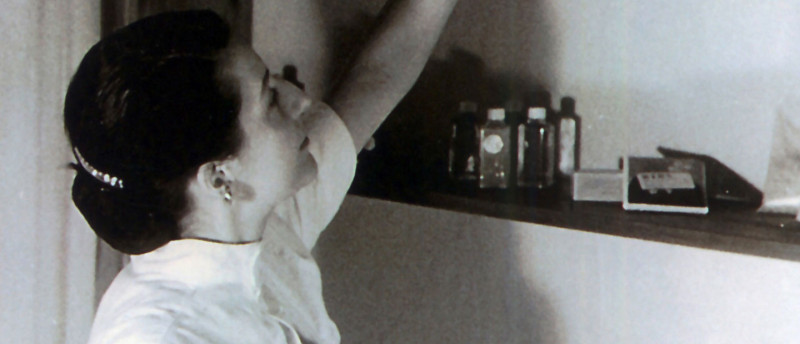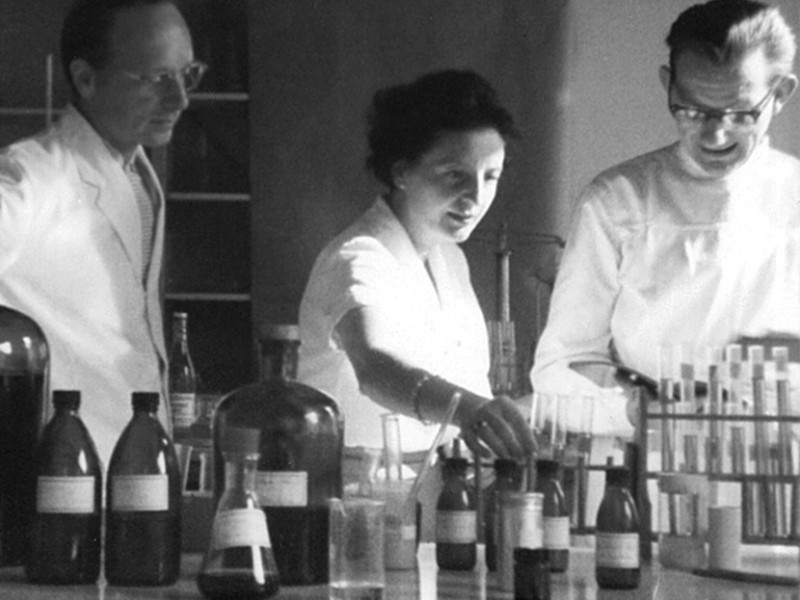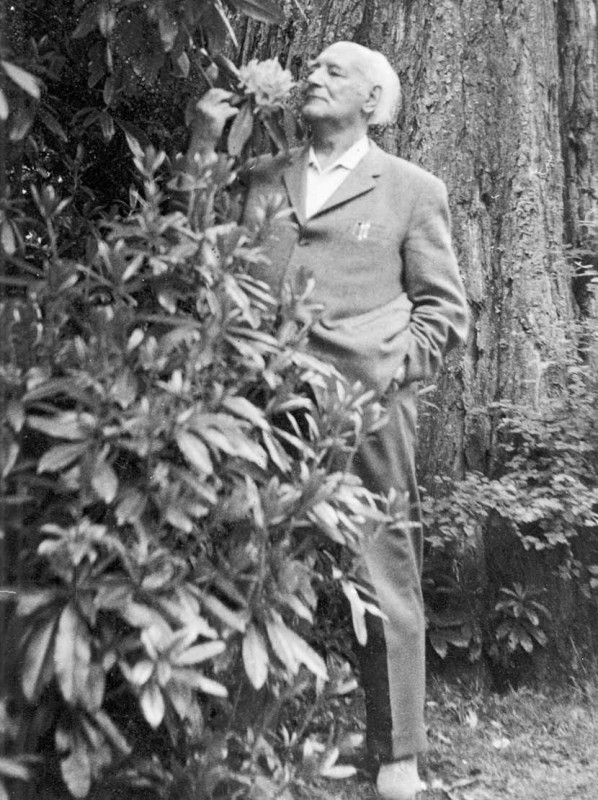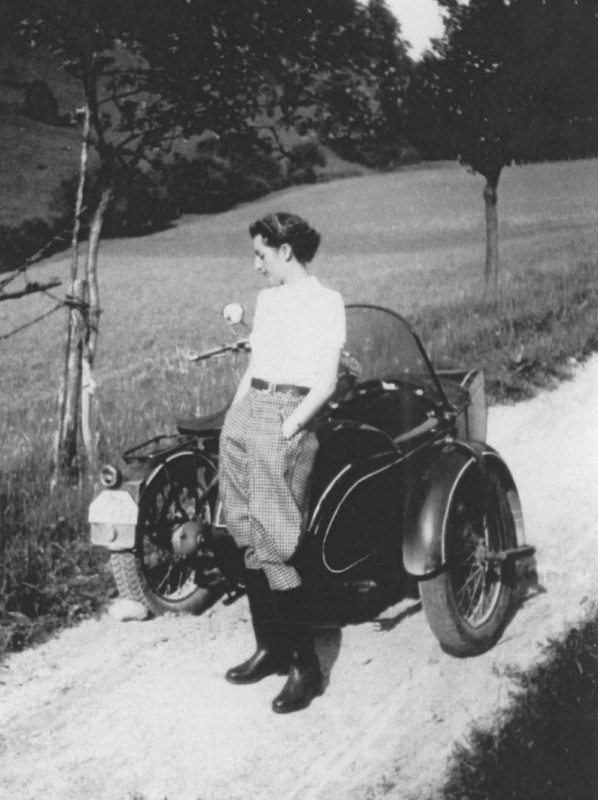Origins
For us, natural skin care has been on trend since 1967.
Elisabeth Sigmund and Rudolf Hauschka had a clear goal when they launched their own cosmetic revolution from a small Swabian spa town: to take chemistry back to nature. Today, more and more people are asking ecological and social questions – including about their cosmetics. And we provide answers, some of which haven’t changed for more than 50 years.
Different from day one.
- 1929 – The beginnings of WALA Heilmittel GmbH.
Rudolf Hauschka establishes a process for producing plant extracts based on water, enabling them to remain stable without using any alcohol or preservatives. This achievement gains the young chemist the respect of the scientific world – and gives rise to the Foundation of WALA.
- 1935 – The market launch of WALA Medicines.
WALA opens its laboratories and launches its first alcohol-free medicines – today known as WALA Medicines. For a long time, Rudolf Hauschka planned to offer skin care products alongside the pharmaceutical ones.
- 1962 – The beginnings of Dr. Hauschka.
Rudolf Hauschka meets the researcher, developer and esthetician Elisabeth Sigmund, who has been studying medicine for several semesters. With her ideas, her own formulations and a holistic skin care concept, Elisabeth Sigmund is the perfect fit for WALA.
- 1967 – The market launch of Dr. Hauschka.
‘Dr. Hauschka Heilende Kosmetik nach Elisabeth Sigmund’ (Dr. Hauschka Healing Skin Care by Elisabeth Sigmund) is launched. Even back then, we developed for people, not markets: Our natural cosmetics are designed to meet human needs and use the healing powers of nature for skin care. Our initial aim was to develop cosmetics with good tolerability and healing abilities – so natural cosmetics were the inevitable result.
About Rudolf Hauschka and Elisabeth Sigmund.
Rudolf Hauschka.
Dr. Rudolf Hauschka (1891-1969) was an adventurer and pathfinder, a visionary and archivist. The WALA founder was born in Vienna. He studied technical chemistry and lived for science. But the main motivation for his future career as a scientist, which ultimately led to the development of WALA’s manufacturing processes, came from the founder of anthroposophy Rudolf Steiner. The two met once in person. Steiner’s comment that “rhythm brings life” prompted Hauschka to look into new extraction processes. The technique developed by Rudolf Hauschka took into account the rhythmic polarities of nature – such as rest and movement, warmth and cold, day and night. It also enabled the very first aqueous medicinal plant extracts to be produced that remained stable for a long time without the use of alcohol.
Today.
Made in Eckwälden.
We still work on the same piece of land that Rudolf Hauschka bought in the late 1950s in Eckwälden – an agricultural region in southern Germany at the foot of the Swabian Jura. Many of our production steps are still carried out by hand.
Made by us.
We see ourselves as a team for whom our work is more than just a job. What does that mean, exactly? It means that in summer, when the calendula blooms in the fields, employees in other departments also pitch in with the harvest. Because we not only inspire each other, we support each other too. What sets us apart from other manufacturers? We are only interested in what your skin needs, in what you need – not in where we can open up new markets and maximize profits. Sound radical? It’s certainly a different way of thinking and acting. One that is based on the idea of responsible ownership: The funds we generate go to the WALA Foundation and to our roughly 1,000 employees.
Pharmacist Rudolf Plantener, Elisabeth Sigmund and chemist Dr. Reinhard Schoppmann (left to right) formed the first development group for the new “WALA Skin Care” range in 1964.
Elisabeth Sigmund.
Elisabeth Sigmund (1914–2013) was born in Vienna. She was a researcher, developer, Red Cross sister and natural cosmetics pioneer. She was no stranger to new beginnings, yet never strayed from her own path. She had no interest in conventions. Elisabeth Sigmund played a key role in the development of Dr. Hauschka Skin Care. Her ideas live on today in Dr. Hauschka Skin Care products and the Dr. Hauschka beauty treatments.
“I wasn’t keen on the creams that were available on the market, and I wanted to create my own with ingredients which I liked.”
Elisabeth Sigmund




